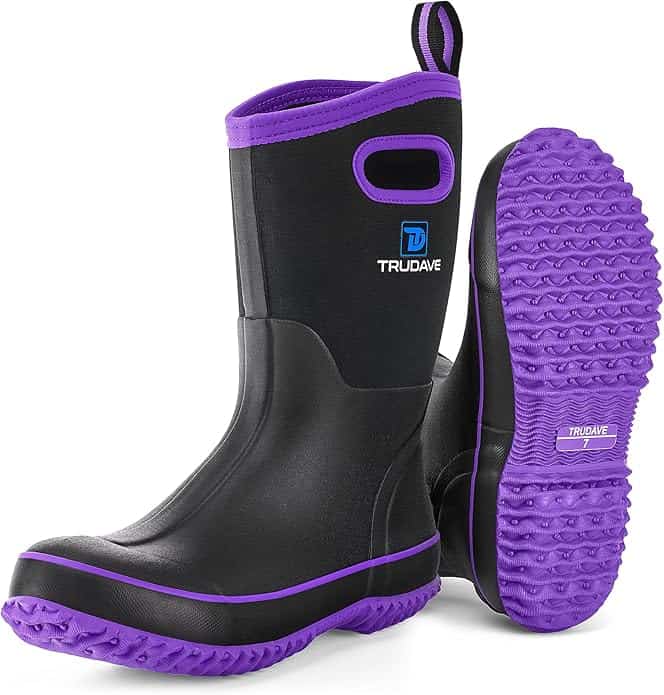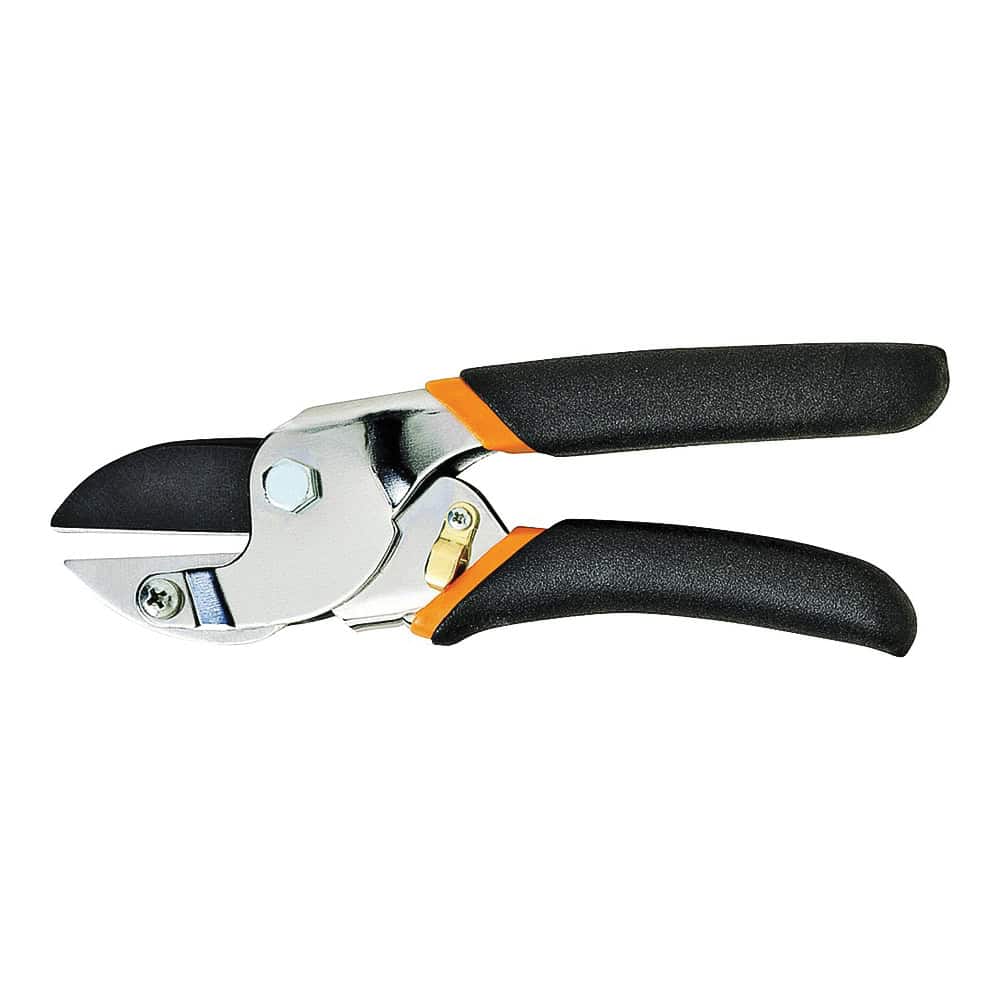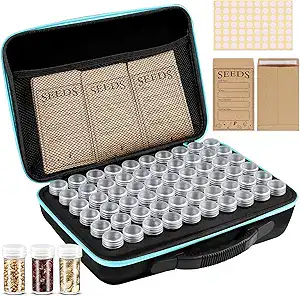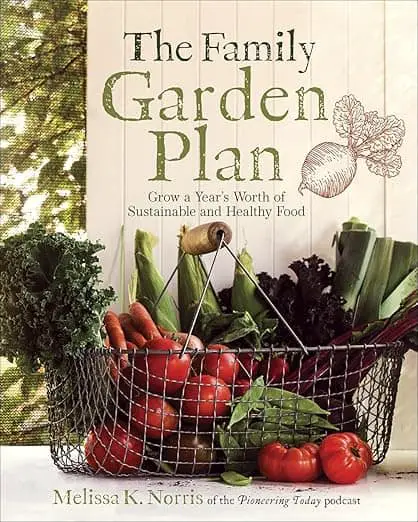There’s a particular kind of anticipation that builds all winter on a homestead. You watch the sky for signs of change, wait for the ground to thaw, and listen for the first birdsong that means spring is close. And then—suddenly—it’s here. The days stretch longer, the sun carries some warmth, and the soil starts to wake up. Spring is when your homestead shakes off the cold and gets moving again.
But before everything kicks into high gear, it helps to take a step back and gather your bearings. Every homestead is different, but most share a few universal truths: spring is busy, unpredictable, and full of opportunity. With a little prep and the right tools, you can get ahead of the curve and set yourself up for a smoother season.
Spring Homestead Essentials
This guide covers essential tools, garden planning, livestock prep, seasonal maintenance, and a few mindset shifts to help you get the most out of this season of growth.

The Spring Hustle: Why Preparation Matters
Spring moves fast. One week, the garden beds are frozen over. The next, weeds are popping up, your chicks are arriving, and the apple trees are starting to bloom. Without a plan, it’s easy to fall behind. This is the season that rewards foresight—those who’ve cleaned their tools, prepped their compost, and drawn out their garden rows often find themselves less frazzled when the real work begins.
That doesn’t mean every minute should be scheduled. Homesteading is full of curveballs. But it does mean taking time to gather what you need, review your goals for the year, and clear out anything that might hold you back from getting a strong start.
Essential Tools for Spring Success
Your toolkit might look different depending on what kind of homestead you’re running, but a few items make spring work a lot easier.
1. Waterproof Boots and Comfortable Layers
Spring weather doesn’t care about your schedule. Rain, sleet, and surprise cold snaps are part of the deal. A sturdy pair of waterproof boots can be the difference between powering through morning chores and coming inside with soggy socks and sore feet. Look for options with good grip and ankle support. Pair them with breathable layers that keep you warm in the early mornings but don’t overheat by midday.
Waterproof boots come in all sorts of fun colors and patterns. Just make sure you get boots that fit well or you may end up loosing your boot to mud (not that I have any experience with that! Ha!).
The Best Boots for Working on a Homestead

2. Pruners, Loppers, and a Sharpening Stone
Trees, brambles, and shrubs often need attention as soon as they start to bud. Having sharp, reliable pruning shears and loppers helps you get cleaner cuts, which means healthier plants. A simple sharpening stone or tool sharpener should be part of your maintenance routine. Keeping your blades clean and sharp prevents disease transfer and saves your hands from unnecessary strain.

3. Garden Gloves You Actually Like
You’ll use them constantly in spring—clearing brush, pulling weeds, handling compost, and hauling feed. If your gloves are uncomfortable, too bulky, or don’t fit right, you’ll end up avoiding them. Find a pair that’s durable, breathable, and easy to clean. Better yet, have two or three pairs on hand so you’re not stuck waiting for one to dry out.

4. Wheelbarrow or Garden Cart
Hauling manure, compost, mulch, or even groceries from the car becomes easier with the right garden cart. Look for one that’s balanced and easy to maneuver, even when fully loaded. Pneumatic tires handle uneven terrain better than plastic ones, especially if your paths get muddy or rutted after a storm.

5. Multi-Purpose Hand Tools
A good hori hori knife, trowel, and hand rake will cover a lot of ground—literally. The hori hori in particular is one of those tools that ends up being used for everything: digging, cutting, measuring, weeding, and transplanting.

Garden Planning: From Cold Frames to Seedlings
Your garden doesn’t care how ready you are—it’s going to grow with or without your permission. Starting early is the best way to get ahead of weeds, pests, and surprise cold spells.
Test and Prep Your Soil
Before you plant anything, check the condition of your soil. A squeeze test (squeeze a handful of soil—if it forms a ball that breaks apart easily, you’re good to go) helps you determine if it’s dry enough to work. You can also use a simple thermometer to check if the soil is warm enough for germination—cool-weather crops usually want temperatures around 40–50°F.
If you didn’t amend your soil in the fall, now’s the time. Compost, aged manure, bone meal, or wood ash can be worked in depending on your soil’s needs. A soil test from your local extension office can give you more precise direction.

Direct Sowing vs. Starting Indoors
Some crops are tough enough to go straight into the ground once the danger of deep freeze has passed—think peas, spinach, lettuce, radishes, and carrots. Others, like tomatoes and peppers, need a head start indoors. If you’re short on space, consider using a cold frame or mini greenhouse setup outside to harden off seedlings before transplanting.
Keep a planting calendar nearby and stagger your sowing to avoid overwhelming yourself with harvests all at once. Succession planting is your friend—especially for crops like lettuce, green onions, and beans.

Clean and Organize Your Seed Inventory
This is the perfect time to toss old packets, make a list of what you actually need, and label everything clearly. If you’re like most gardeners, you probably have five packets of cilantro but no cucumbers. Organize by planting month to stay on top of your timeline. Seed Organizer

Spring Livestock Care: Clean, Check, Prepare
Spring brings its own unique challenges for livestock. The return of fresh pasture is great, but fluctuating temperatures and wet conditions can stress animals or create perfect conditions for disease.
Deep Clean Animal Housing
Remove all bedding from stalls, coops, hutches, or pens. Use a safe, non-toxic disinfectant to scrub down surfaces, and check for mold, rot, or sharp edges. Give everything a chance to dry thoroughly before layering in fresh straw or shavings.
Repair and Reinforce Fencing
Winter can be brutal on wire, posts, and gates. Walk your property fence lines and make sure nothing is loose, sagging, or rusted through. A small repair now can save you hours of animal wrangling later.
Prep for Babies
If you’re expecting lambs, goat kids, chicks, or piglets, now’s the time to double-check your supplies. Heat sources, electrolytes, feeders, and containment areas should all be clean and functional. Keep emergency medical supplies on hand too—spring births rarely go exactly as planned.

Feed and Forage Transition
As your pasture greens up, animals may start foraging more, but it’s best to introduce fresh greens gradually. Sudden dietary shifts can upset digestion, especially in ruminants. Keep mineral blocks accessible and monitor water sources to ensure clean access as weather warms.
Compost and Soil Health: Restart the Cycle
Your compost pile is a quiet powerhouse of the homestead. In spring, it comes back to life—both literally and figuratively.
Turn and Check Existing Compost
A good compost pile should be warm in the center and smell earthy. If it’s slimy or smells rotten, add more browns (leaves, straw, paper). If it’s too dry or slow, add greens (kitchen scraps, manure) and give it a good soak.
Use finished compost to top off raised beds, mix into planting holes, or mulch around fruit trees. Even semi-finished compost can be used as a rough mulch if you keep it off direct plant stems.
Start a New Pile
Once your fall or winter pile is put to use, start a fresh one with good layering habits. Keep a balance of green and brown material, turn weekly if possible, and protect it from getting waterlogged during spring rains.

Seasonal Maintenance: Getting Ahead of the Curve
Spring is the only season where maintenance and growth happen at the same time. Doing both well takes planning.
Inspect and Maintain Tools and Equipment
Now’s the time to clean, oil, and sharpen everything from garden shears to tractor blades. Change the oil in mowers or tillers, inspect spark plugs, and tighten bolts.
Look for rust, worn-out handles, or tools that are better off replaced. Investing time here prevents costly delays later—like trying to till a plot with a broken blade.
Gutters, Paths, and Drainage
Walk around your buildings and outbuildings after a good rain to see where water collects. Clean gutters, clear downspouts, and dig simple trenches or install gravel to redirect water where needed. Standing water can damage foundations and attract mosquitoes.
We had so many birds caught in our gutters this spring we had to free.
The Indoor Reset: Pantry, Seeds, and Plans
Not everything about spring happens outside. It’s also a great season for organizing the spaces that support your outdoor work.
- Rotate canned goods and plan meals around last year’s harvest.
- Declutter shelves and drawers that have collected odds and ends all winter.
- Refill your herbal remedy kits or tinctures with fresh infusions.
- Print or update your garden journal to track plantings, harvest dates, and pest issues.
Use rainy days to clean tools, fix zippers on chore coats, or patch up tarps and row covers.

The Mindset That Carries You Through
Spring energy can be a double-edged sword. It’s easy to overcommit and burn out before summer even begins. As exciting as the season is, try to stay grounded in your priorities.
Ask yourself:
- What are the three most important things I want to accomplish this spring?
- Where do I tend to overextend myself?
- What can I do now to reduce stress later?
Rest when you can. Eat real food. Keep something small blooming in a pot by the door just because it makes you smile. That’s part of homesteading too.
Stepping Into the Season
Spring isn’t about perfection—it’s about momentum. Some years you’ll have all your beds planted on time and every fence repaired before the first lamb arrives. Other years, you’ll find yourself pulling weeds in the rain while chasing a rogue chicken out of your seed trays. Either way, you’re doing the work that matters.
Gather your tools, set your intentions, and give yourself some grace along the way. Spring only comes once a year—make the most of it.




